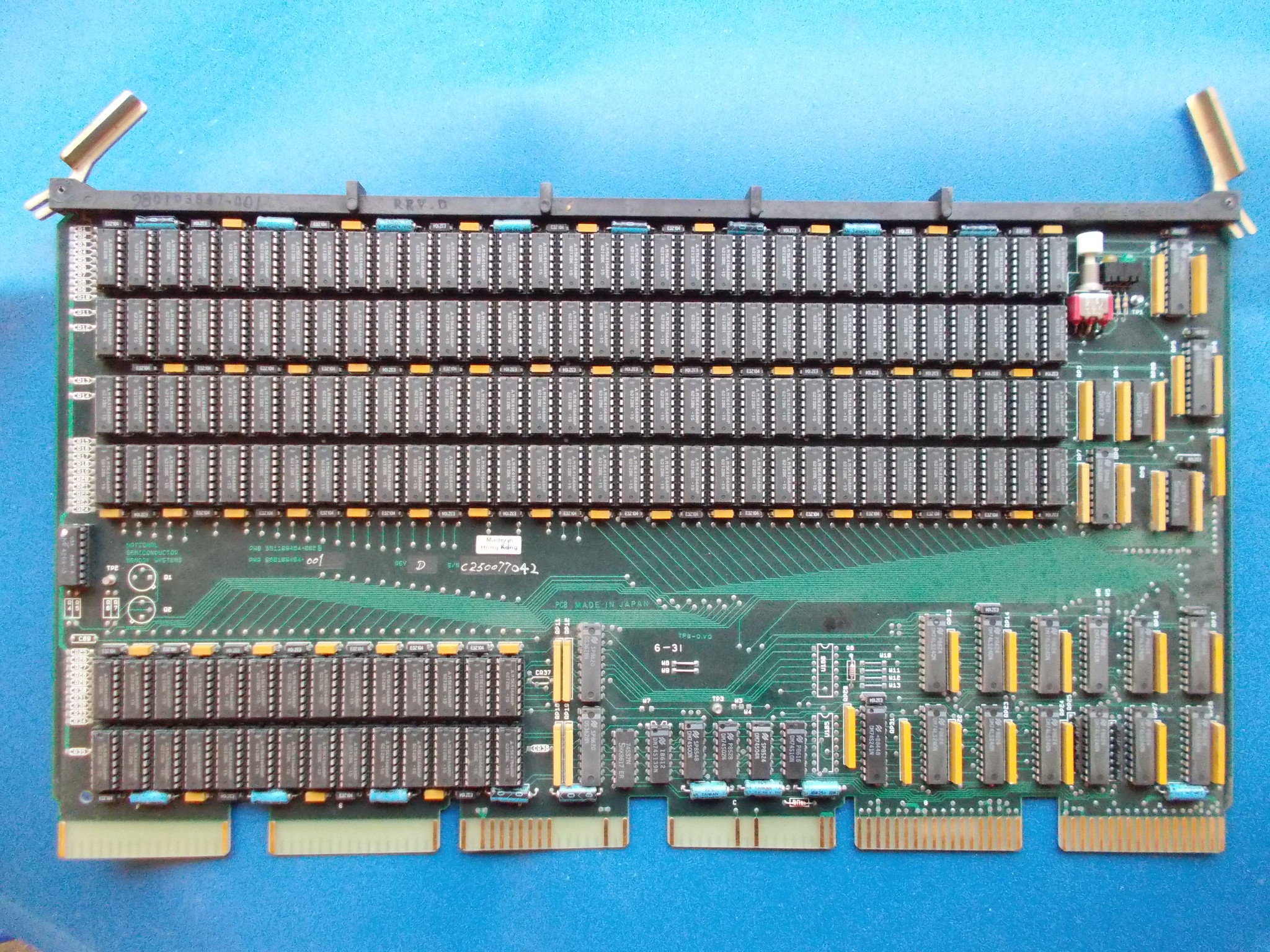Metal-Insulator-Metal Selector Device for Resistive Memory Based on Sub-Band Conduction in Large Band-Gap Insulators
A new selector device that contains no toxic materials and is ideal for use in applications requiring ultra-dense memory, such as AI and ML.
Selector devices play an important role in ultra-dense memory -- the powerful memory arrays used in applications such as artificial intelligence and machine learning. The two-terminal selector devices traditionally used in ultra-dense memory arrays have a major drawback: they contain high levels of arsenic. That makes them expensive to manufacture, while also posing a danger to production workers, consumers and the environment.
This technology developed at SUNY Polytechnic Institute, sponsored by the Air Force Research Laboratory, uses standard materials and the same processing steps employed to produce traditional selector devices. But the developers have found a novel way to engineer the materials in the device's insulator, producing a high-performance selector that does not require toxic materials. Because the technology uses CMOS-compatible processing, a production facility that currently makes selector devices could easily produce these devices as well.

- Simple and inexpensive to manufacture.
- Contains no toxic materials.
This new selector device is for use in ultra-dense memory arrays. Unlike traditional devices, the new selector contains no toxic materials, and it is simple and inexpensive to produce. Those advantages make it ideal for use in artificial intelligence and machine learning, and for other applications that require ultra-dense memory.
Patent application submitted, US 16/579,136
This technology is available for licensing.
Development partner, Licensing
Patent Information:
| App Type |
Country |
Serial No. |
Patent No. |
Patent Status |
File Date |
Issued Date |
Expire Date |
|